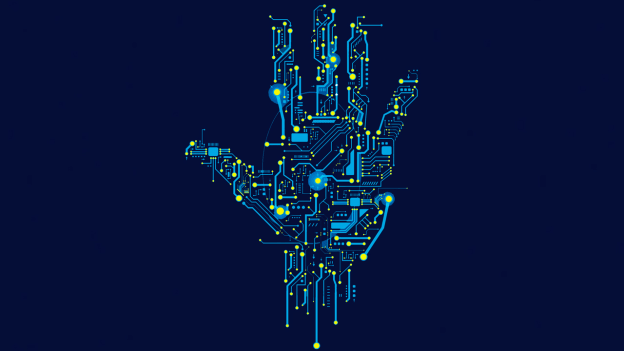How is digitalization helping HR build a sustainable organization

Business models are changing worldwide after embracing digitalization. Moreover, with the Internet, the connectivity and with the world just a click away, the business model is undergoing a change environmentally too. Digital transformation or innovation in the business model has created an enhanced social and environmental outcome, which has proven to be beneficial for an organization and its work culture. Ford goes beyond selling cars and work towards innovating cities (Urban cities) with alternative transport solutions and subscription models.
Mervyn King, former governor of the Bank of England, talks about sustainability being the primary, moral, and financial imperative of the 21st century. He says, “It is one of the most important sources of both opportunities and risks for businesses. Nature, society, and business are interconnected in complex ways that should be understood by decision-makers.” For organizations to be sustainable, they should pay attention to the three essential dimensions; social equity, ecological and economic performances. Similar to this, there are several other ways digitalization has helped build a sustainable society.
Put resources to better use with data and analytics
Sustainability has proven to be a great asset in building corporate image and conscience, which further helps the organization at large. Further, the organizations realized that sustainability plays a massive role in reducing operational costs. The HR department of an organization can use data and analytics to gather behavior pattern of the employees to put them with a team they work best with and most productive in. Further, with the help of Data and Analytics, an organization can record the social work done by employees and suggest other initiatives. All of these benefits of embracing data and analytics in the organization can result in the growth of employees and organizations. Further, it enhances the work culture with feedback systems, which all adds in developing a sustainable environment.
Leveraging existing assets to avoid wastage
Previously companies lacked awareness in terms of their assets and products that were made and sold. This created unwanted wastage, especially in the manufacturing and consumption cycle. However, companies are now equipped with digital technologies that provide them with data around demand, usage, and life-cycle of goods. They are today building a circular economy that focuses on reusing material and leveraging renewable resources while manufacturing products. If you take Philips as an example, they are capturing data on the product life cycle with a view of reducing waste. Analysis of the market showed that their consumers could reuse certain parts that enable the extended life of existing equipment like X-ray machines. Such a setup led Philips to develop a continuous relationship with its customers, along with making the customer happy about the extended life of products and also saving the environment.
Sharing resources to reduce excess production
Global trends today comprise of environmental, social, political, and technological shifts that demand a shift in current business model foundations. We are in an earnest need for adopting radically diverse approaches to value creation. These business model innovations include the shared resource model that permits consumers to access a product, rather than own it, and use it only as needed. This enables companies and consumers to use resources productively that would otherwise sit idle. For example, companies like Airbnb, and FLOOW2, a Dutch start-up invite companies to share equipment and employee time. Similarly, Haier, a Chinese appliance company invites inventors from outside to recommend innovations that can be co-produced.
Key Takeaways
Technologies like 3D printing, nanotechnology, Internet of Things (IoT) have proven to not only help the company grow, but it also creates a sustainable environment in organizations. For example, the purchase of real estate has changed massively over time with 3D printing and videos that the firms use to display the vision and how the finished product would look like.
In totality, digitalization has not only helped organizations achieve a competitive edge but also a sustainable edge. By helping businesses become sustainable, digitalization has become not just a tool for today but also for the future. Digital technologies can help individuals, organizations, and nations deliver a more sustainable planet in light of sustainable development goals by embracing tech like e-health services, robotics, or emission reduction solutions.

















